Welcome to the Amira-Avizo Software Use Case Gallery
Below you will find a collection of use cases of our 3D data visualization and analysis software. These use cases include scientific publications, articles, papers, posters, presentations or even videos that show how Amira-Avizo Software is used to address various scientific and industrial research topics.
Use the Domain selector to filter by main application area, and use the Search box to enter keywords related to specific topics you are interested in.
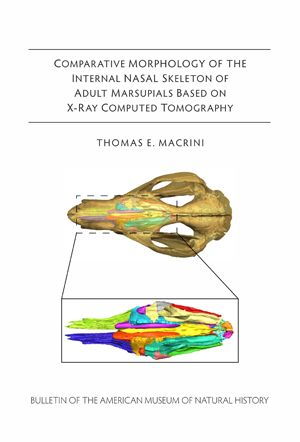
The internal skeleton of the nasal cavity is sporadically and often incompletely described for many marsupial species and mammals in general. Here, I provide an anatomical survey of the ethmoid in the skulls of adult marsupials based on examination of computed tomography (CT) imagery of 29 taxa representing all the major extant groups of marsupials. (…) I compared ecological data with the number of ecto- and endoturbinals as a preliminary test to determine whether some of the interspec... Read more
Thomas E. Macrini
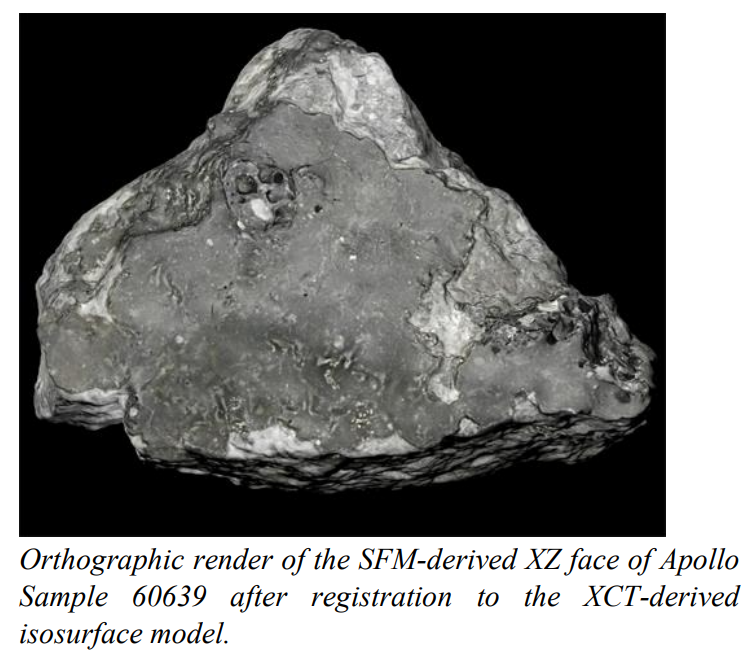
Our team is developing a modern, cross-disciplinary approach to documentation and preservation of astromaterials, specifically lunar and meteorite samples stored at the Johnson Space Center (JSC) Lunar Sample Laboratory Facility.
Apollo Lunar Sample 60639, collected as part of rake sample 60610 during the 3rd Extra-Vehicular Activity of the Apollo 16 mission in 1972, served as the first NASA preserved lunar sample to be examined by our team in the development of a novel approach to int... Read more
K.R. Beaulieu , E.H. Blumenfeld , D.A. Liddle , E.R. Oshel , C.A. Evans , R.A. Zeigler , K. Righter , R.D. Hanna , R.A. Ketcham
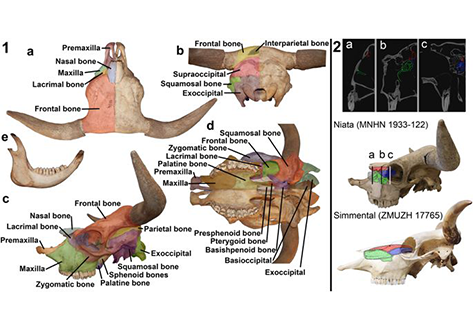
The Niata was a cattle variety from South America that figured prominently in writings on evolution by Charles Darwin. Its shortened head and other aspects of its unusual morphology have been subject of unsettled discussions since Darwin’s time. Here, we examine the anatomy, cranial shape, skull biomechanics, and population genetics of the Niata. Our results show that the Niata was a viable variety of cattle and exhibited anatomical differences to known chondrodysplastic forms. In cranial s... Read more
Kristof Veitschegger, Laura A. B. Wilson, Beatrice Nussberger, Glauco Camenisch, Lukas F. Keller, Stephen Wroe, Marcelo R. Sánchez-Villagra
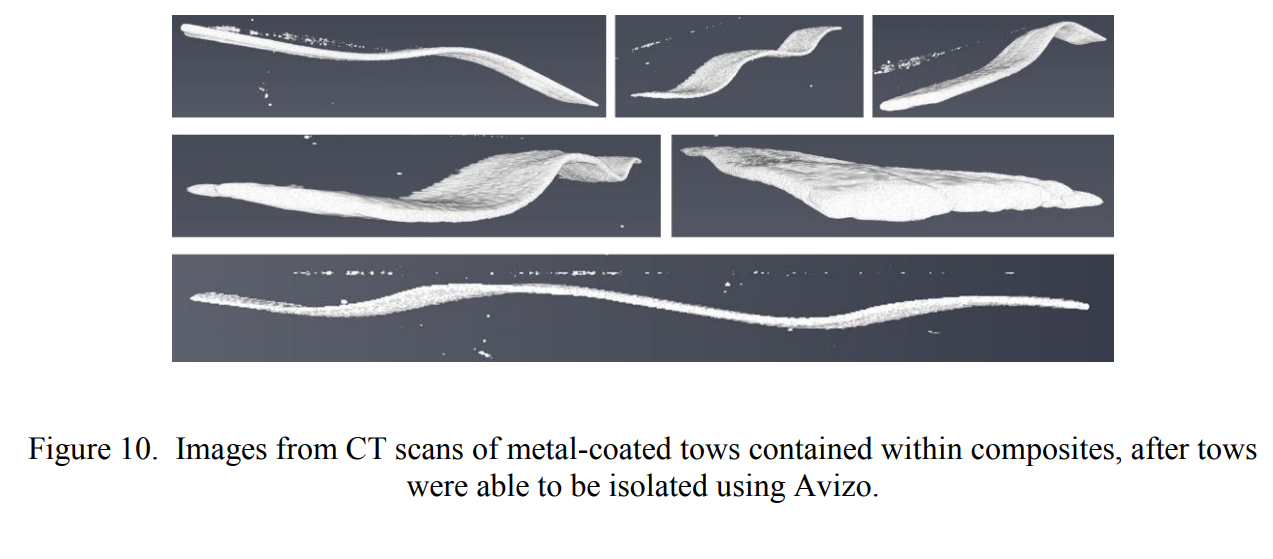
Investigation of Carbon Fiber Architecture in Braided Composites Using X-Ray CT Inspection
During the fabrication of braided carbon fiber composite materials, process variations occur which affect the fiber architecture.
Quantitative measurements of local and global fiber architecture variations are needed to determine the potential effect of process variations on mechanical properties of the cured composite. Although non-destructive inspection via X-ray CT imaging is a promising approach, difficulties in quantitative analysis of the data arise due to the similar densities o... Read more
Daniel J. Rhoads, Sandi G. Miller, Gary D. Roberts, Richard W. Rauser, Dmitry Golovaty, J. Patrick Wilber, Malena I. Español
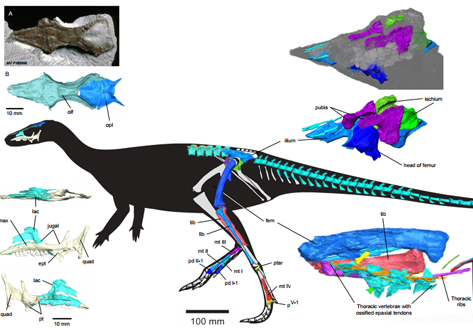
Revealing the skeleton of polar dinosaur using synchrotron computed tomography
Leaellynasaura amicagraphica was a small, bipedal, herbivorous dinosaur from the Early Cretaceous (~106 million years ago) of Australia within the Antarctic Circle of that time.
Synchrotron scans, and the resulting 3D reconstruction of the skull and post-cranial skeleton, provide a unique view of the morphology of Leaellynasaura, and allows this material to be 3D printed for display.
Read more
1University College London, UK; Monash University, Melbourne, Australia; Museum Victoria, Melbourne, Australia